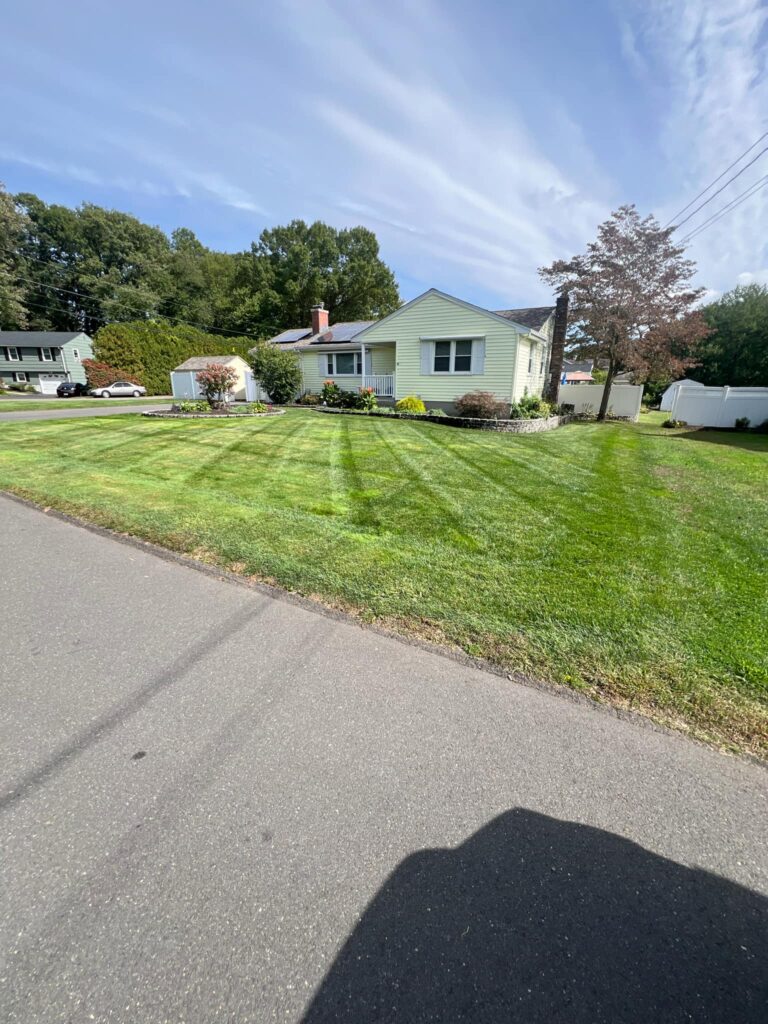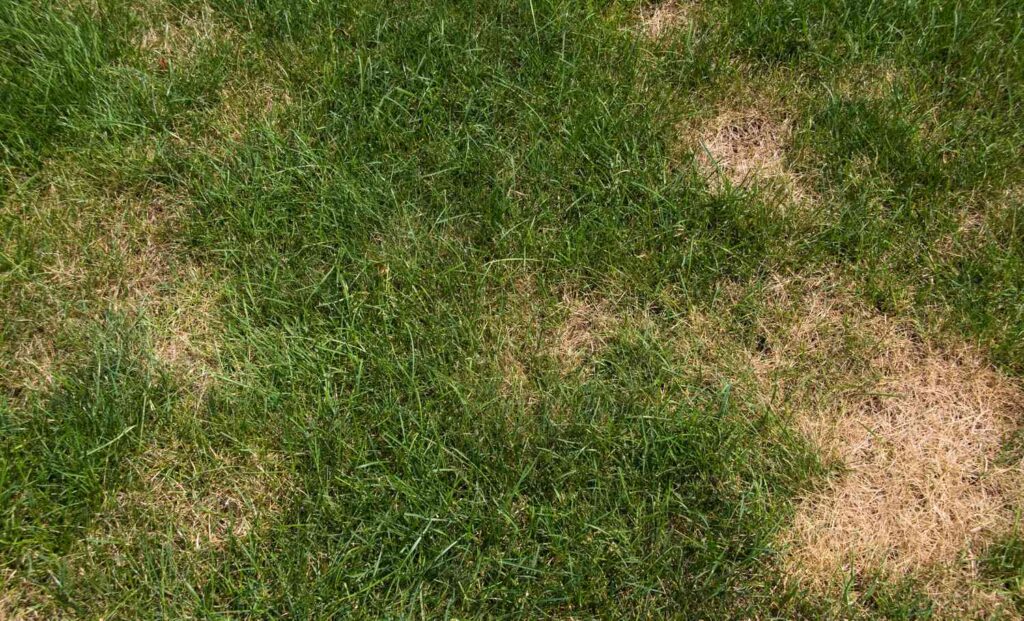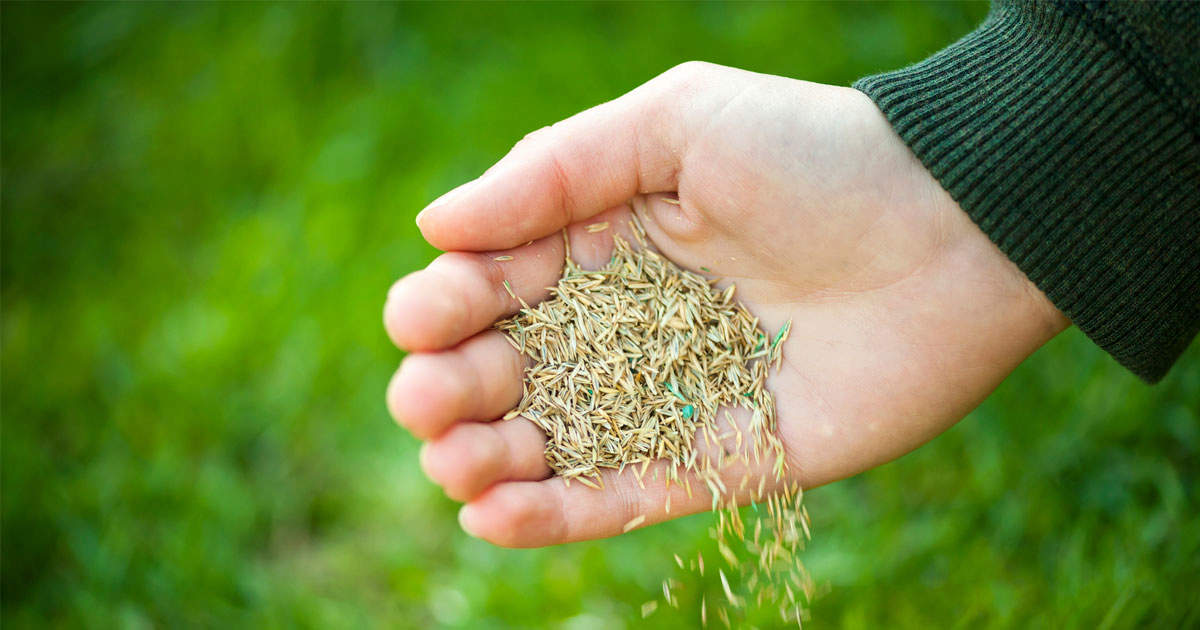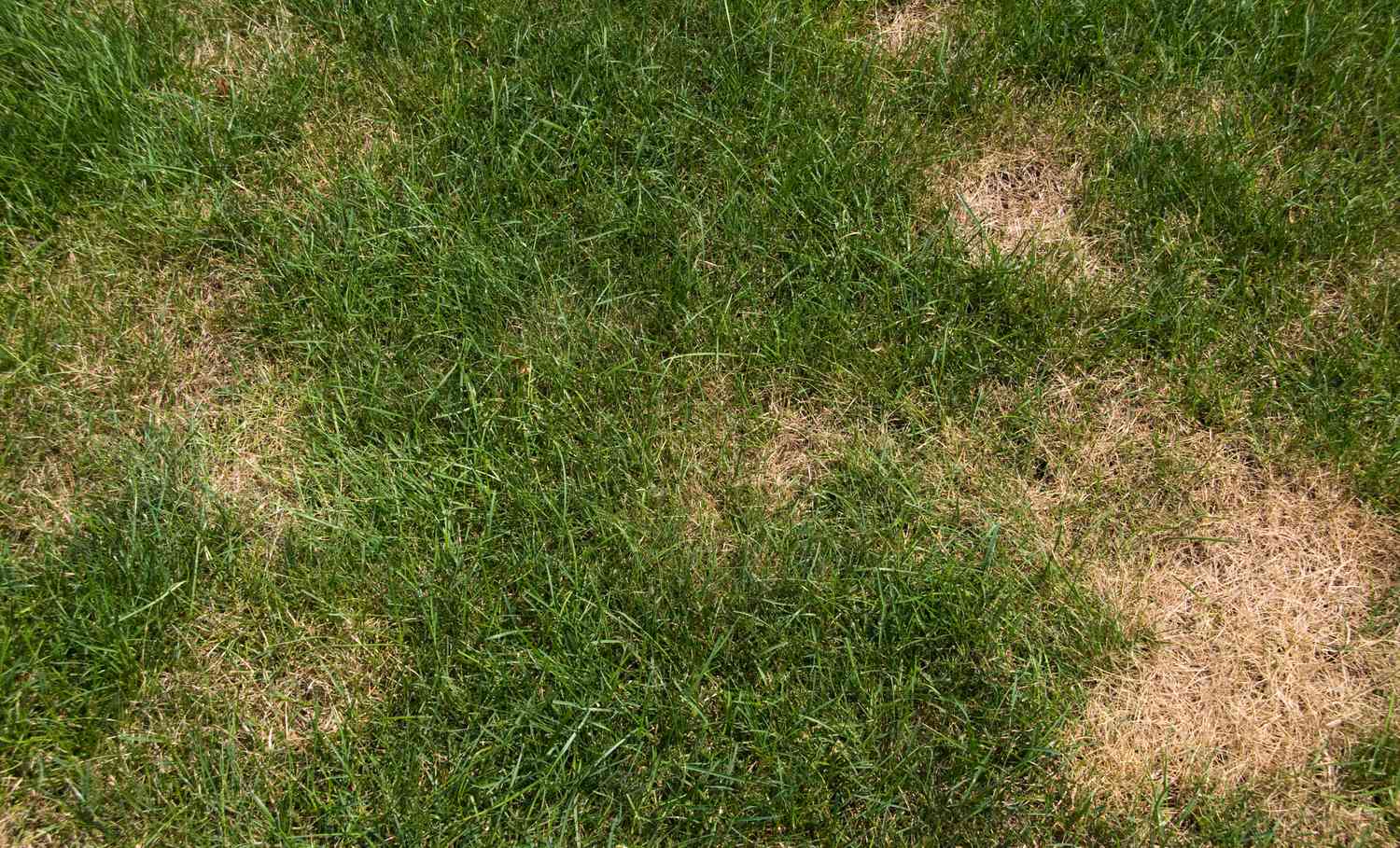Common Lawn Diseases in Connecticut and How to Prevent Them
You’re watering regularly, mowing on schedule, and doing everything “right”—but your lawn still has strange brown patches or spots that just won’t go away. Sound familiar? You might be dealing with something many Connecticut homeowners face each year: lawn disease.
The truth is, even the most cared-for lawns can fall victim to certain fungi and conditions—especially in our humid, ever-changing New England weather. The good news? Most lawn diseases are preventable (and treatable) with a little knowledge and the right approach.
Here’s a breakdown of the most common lawn diseases in Connecticut and how to keep them from taking over your yard.
1. Brown Patch
This one shows up as circular brown spots, often in the middle of what was once healthy green grass. It thrives in hot, humid weather—especially if your lawn is overwatered or over-fertilized.
How to prevent it:
Water early in the morning to avoid prolonged moisture overnight
Avoid heavy nitrogen fertilizer during peak summer heat
Mow at the right height and keep your mower blades sharp (check out our lawn mowing practices)
2. Dollar Spot
Small, silver-dollar-sized spots of bleached grass that slowly connect into bigger patches. This fungus thrives in lawns that are low on nitrogen or moisture.
How to prevent it:
Maintain a consistent watering routine
Fertilize properly in spring and fall
Mow regularly at the right height (mowing height guide)
3. Red Thread
This disease leaves behind a reddish-pink tint on the tips of your grass blades. It’s not deadly, but it can make your lawn look weak and patchy. Usually shows up in spring and fall when the weather is mild and damp.
How to prevent it:
Improve airflow by not overwatering and trimming back overgrown areas
Keep your lawn well-fed—especially with nitrogen
Aerate compacted soil so roots get more oxygen
4. Snow Mold
You’ll spot this one in early spring, just after the snow melts. It looks like gray or pinkish cottony patches in the grass. It forms under snow cover, especially if the grass was left too long in the fall.
How to prevent it:
Mow shorter before your final cut of the season
Rake and clean up leaves before winter hits
Avoid heavy nitrogen fertilization in late fall
5. Leaf Spot
Leaf spot appears as dark purple or brown spots on individual grass blades and can lead to large dead patches if left untreated. It often appears when the weather flips from cool and wet to hot and humid quickly.
How to prevent it:
Mow at the correct height
Don’t water in the evening
Apply the right fertilizers at the right times (see our lawn care checklist)
General Prevention Tips
Water deeply, not daily (see our watering guide)
Mow regularly, but don’t scalp your lawn
Use the right fertilizer at the right times
Aerate and overseed to keep your lawn thick and healthy
Deal with weeds early before they stress your grass (weed removal guide)
Final Thoughts
Most lawn diseases start the same way: stressed grass, poor drainage, or bad timing. But with the right lawn care routine, you can stop most issues before they even begin.
At Kiss My Grass Property Maintenance LLC, we’ve seen every type of lawn issue Connecticut has to offer. If your grass is looking a little off and you’re not sure why, reach out. We’ll figure it out and get your yard back to full health.









